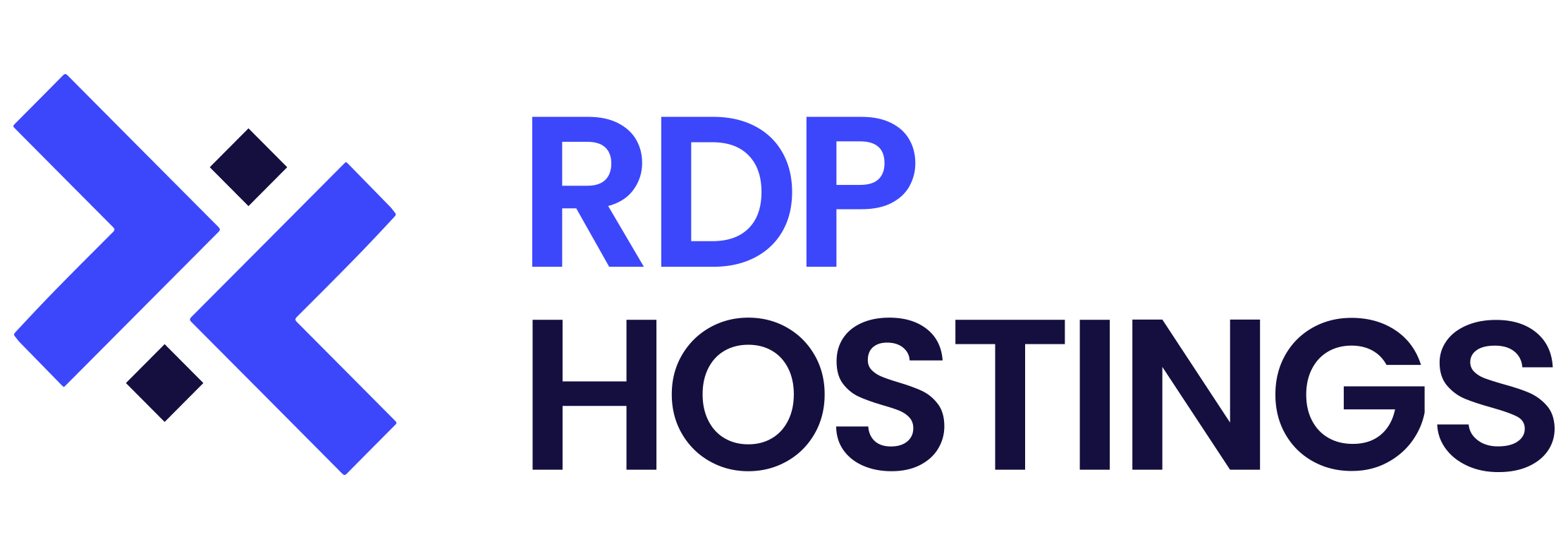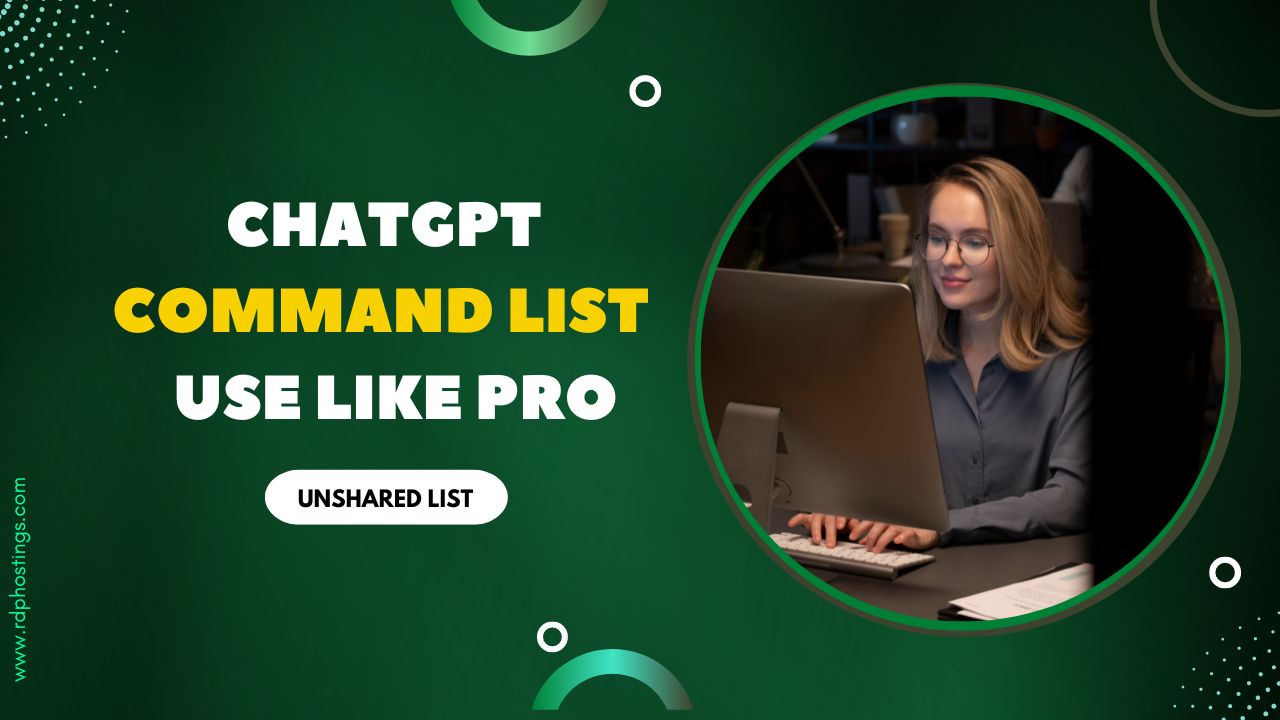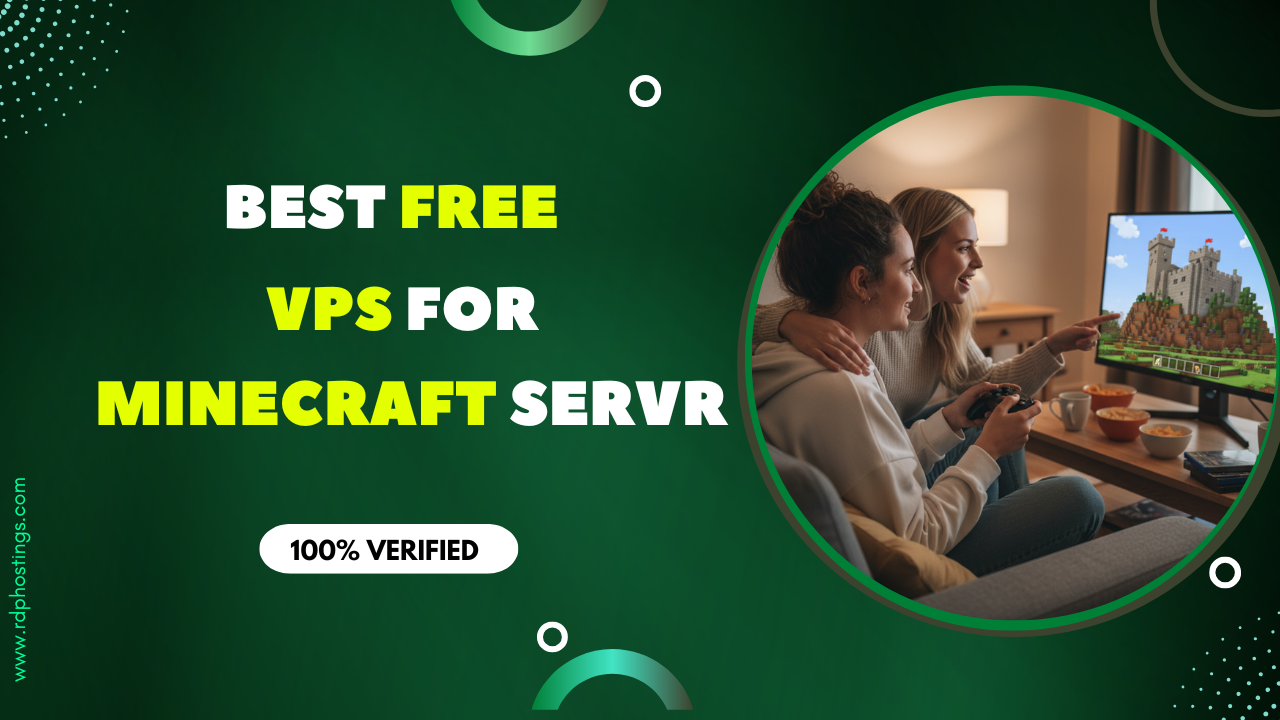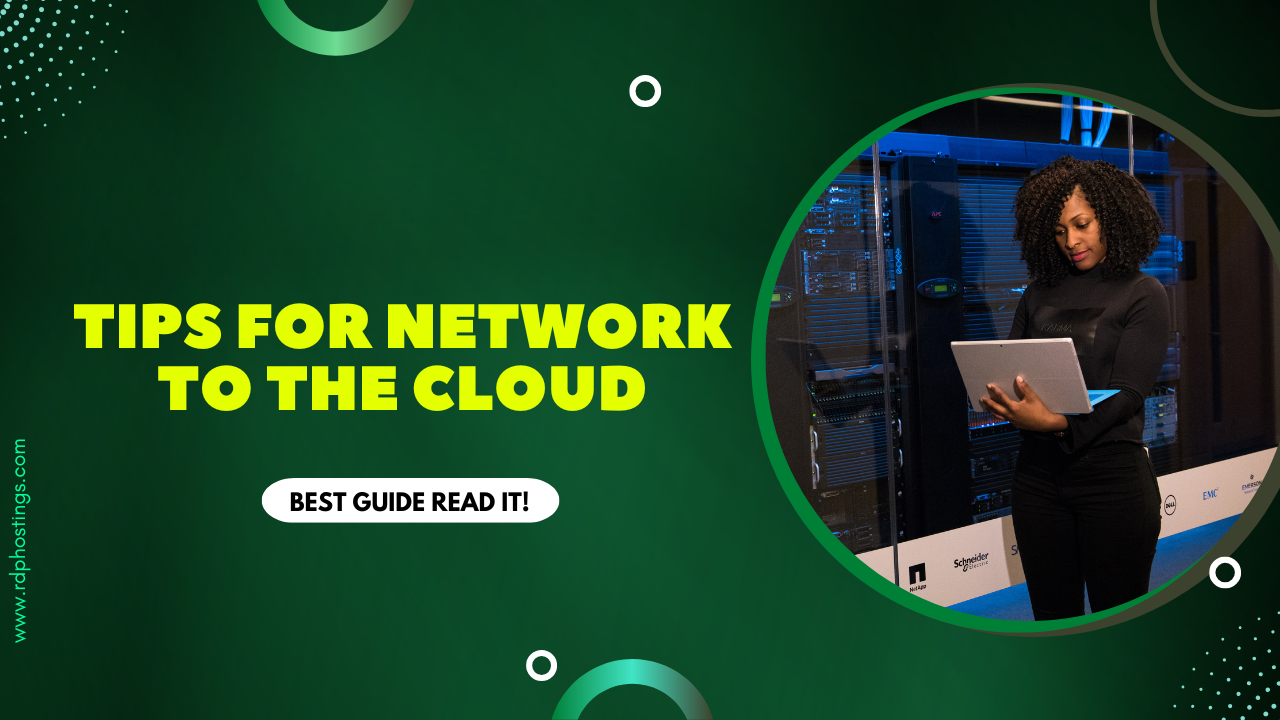I’m a techy guy. Always have been. I get excited over things like server response times and uptime dashboards the way some people get excited about sports scores. So when I launched my first website, I threw myself into the technical side with full force—hosting speed, caching layers, SSL certificates, you name it.

It felt like mastering these details guaranteed success. However, after months of perfecting my hosting setup, I realized I had overlooked one critical factor: audience engagement. A flawlessly running site means nothing without visitors.
The Quiet Power of Hosting
It isn’t discussed often enough, but the deep-seated role of hosting in the individual experience of your project is hard to overstate, especially for us beginner web entrepreneurs. And like I said, a slow site isn’t just annoying. It’s a little ticking time bomb of lost credibility.
If someone lands on your page and it’s anything less than instant, you’re flirting with your already-nervous, easily front-running visitor bailing on you. Get the metaphor?
Excellent hosting doesn’t turn a project into a sensation, but it does give it a good head start. It offers an interactive, reliable, fast, and, most importantly, clean environment. Those are the necessary preconditions for an audience to even engage with your work in the first place.
Without them, why would anyone bother? If I had gone with a cheap, clunky provider early on, all the Instagram effort in the world wouldn’t have saved me. Performance isn’t sexy, but it’s the foundation.
When Hosting Supports the Hype
The thing that no one tells you is that all the traffic you try to generate from social media is only as good as the experience that people land on. I’ve seen creators work like mad on Instagram—reels, stories, and giveaways—to send people to a site that is, at best, glitchy and slow, and at worst, down.
Visibility comes from social media, but credibility comes from having a well-hosted website. You need both to create something of real value. If someone clicks your profile link and discovers that your site is still stuck in 2009, it instantly lowers your trust factor. You need to be online all the time to have any kind of presence, and your website is part of that presence. If your website isn’t up and running, there’s no way for anyone to see you.
Instagram and hosting appear to be two different animals, but they’re part of the same ecosystem. One draws in potential customers; the other converts those customers into buyers.
Part 1: Embracing Instagram Growth
Let’s start here. It might feel a bit out of order, but trust me—this shift to Instagram was the real catalyst. Once this part clicked, everything else started falling into place. So, let’s cut to the chase, in case the quick fix is what you’re looking for here.
Initially skeptical, I cautiously ventured into Instagram marketing. The organic growth route was tougher than expected. After struggling initially, I discovered Popularitybazaar, which is an Instagram promotion service provider. This decision dramatically transformed my strategy.
Their service gave me the needed targeted, authentic engagement, rapidly increasing my follower base and driving significant, measurable traffic to my website. The boost from PopularityBazaar resulted in greater user interaction, higher conversions, and ultimately a thriving online community that validated all the previous technical investments.
Part 2: My Tech-Obsessed Phase
Initially, my entire world revolved around the technical aspects of website hosting. I invested heavily in premium hosting services, believing that superior performance alone would attract visitors and guarantee growth. Hours were spent running speed tests, configuring content delivery networks (CDNs), and monitoring uptime obsessively.
I vividly recall proudly showing friends how my site’s loading time improved by fractions of seconds, convinced it was key to becoming successful online. Yet despite all these efforts, traffic remained stubbornly low, highlighting a painful truth: perfect tech doesn’t ensure visitors.
Part 3: The Turning Point
The frustration peaked when I found myself staring at analytics that reflected a harsh reality—minimal traffic despite all my technical perfectionism. It felt defeating to have a website running impeccably but sitting nearly invisible online. This forced me to reconsider my approach entirely.
I began researching alternative strategies and quickly realized I had completely neglected audience-building and engagement. Social media kept emerging as anessential solution, and Instagram, in particular, caught my attention as an accessible, visually engaging platform. Hence, the Part 1.
Part 4: Balancing Both Worlds
Finding success with Instagram led to an important realization: successful websites blend strong technical foundations with vibrant audience engagement. I learned to balance maintaining excellent hosting infrastructure with strategic Instagram marketing.
This holistic approach involved allocating resources thoughtfully, continuing to monitor site performance closely while investing consistently in audience growth through Instagram. The combination proved powerful, and today, my site thrives precisely because of this balanced strategy.
What I Wish I’d Known Earlier
Honestly, if I had focused on building an actual audience from the beginning instead of just perfecting load times and server configurations, I would’ve saved months of trial and error. I probably would’ve hit my first revenue goal in half the time.
What really opened my eyes was seeing what smaller, scrappier brands were pulling off. Take Brightland, the olive oil company that turned its Instagram into a visual love letter to food and creativity. They didn’t rely on a perfect e-commerce backend to grow—they built a vibe.
Or Parade, the underwear brand, which prioritized community and inclusive messaging on Instagram before they even had a robust tech stack. These are brands that punched way above their weight, not because of backend perfection, but because people connected with their story.
That’s what I missed early on. I thought if I just got the tech side right, everything else would fall into place. But now I know: people come for connection, not just functionality. Real growth happens when you stop obsessing over tools and start focusing on the humans behind the clicks.
You Can Build It Yourself
One of the biggest realizations I had along the way? You don’t need a full team or a fancy marketing agency to make this work. I’m a tech guy—not a brand strategist, not a growth hacker, not a designer. And yet, by piecing it together step by step, I figured it out. Hosting?
I nailed that early. Social media? I learned it by doing, failing, and doing it again. I didn’t outsource everything. I just stayed curious, adjusted when things didn’t land, and built things that felt real.
You don’t need to be an expert in every field—you just need to be open to learning the parts you’re missing. And when you mix your strengths (in my case, tech) with the right tools to support the rest (like Instagram growth services that don’t suck), you can actually grow something solid, on your own terms.
Conclusion
Ultimately, my journey taught me the crucial lesson that technical excellence alone isn’t enough. True website growth relies equally on cultivating engaged audiences. Balancing good hosting with effective audience-building strategies like Instagram is essential. If you’re building a website today, don’t repeat my early mistake of focusing exclusively on technical details. Embrace a comprehensive approach, prioritizing both technical reliability and authentic audience engagement for lasting success.







